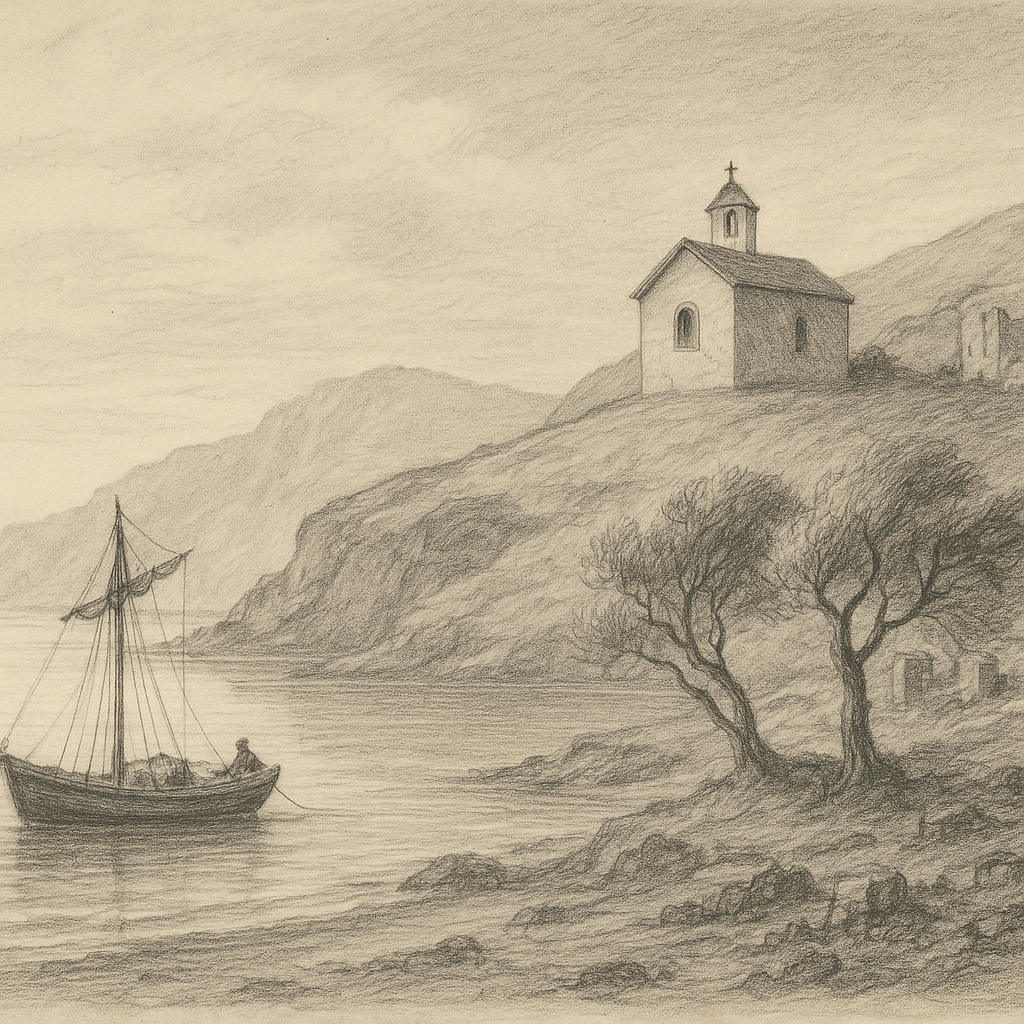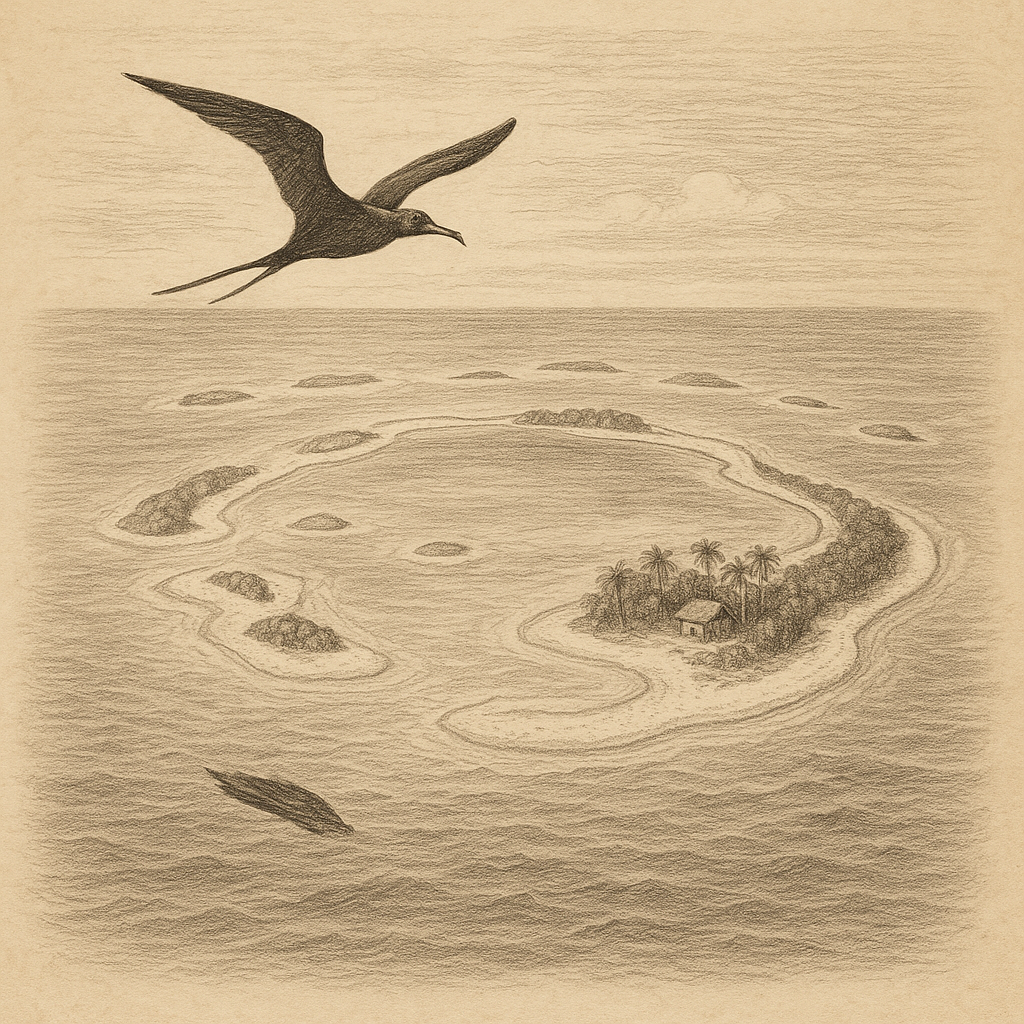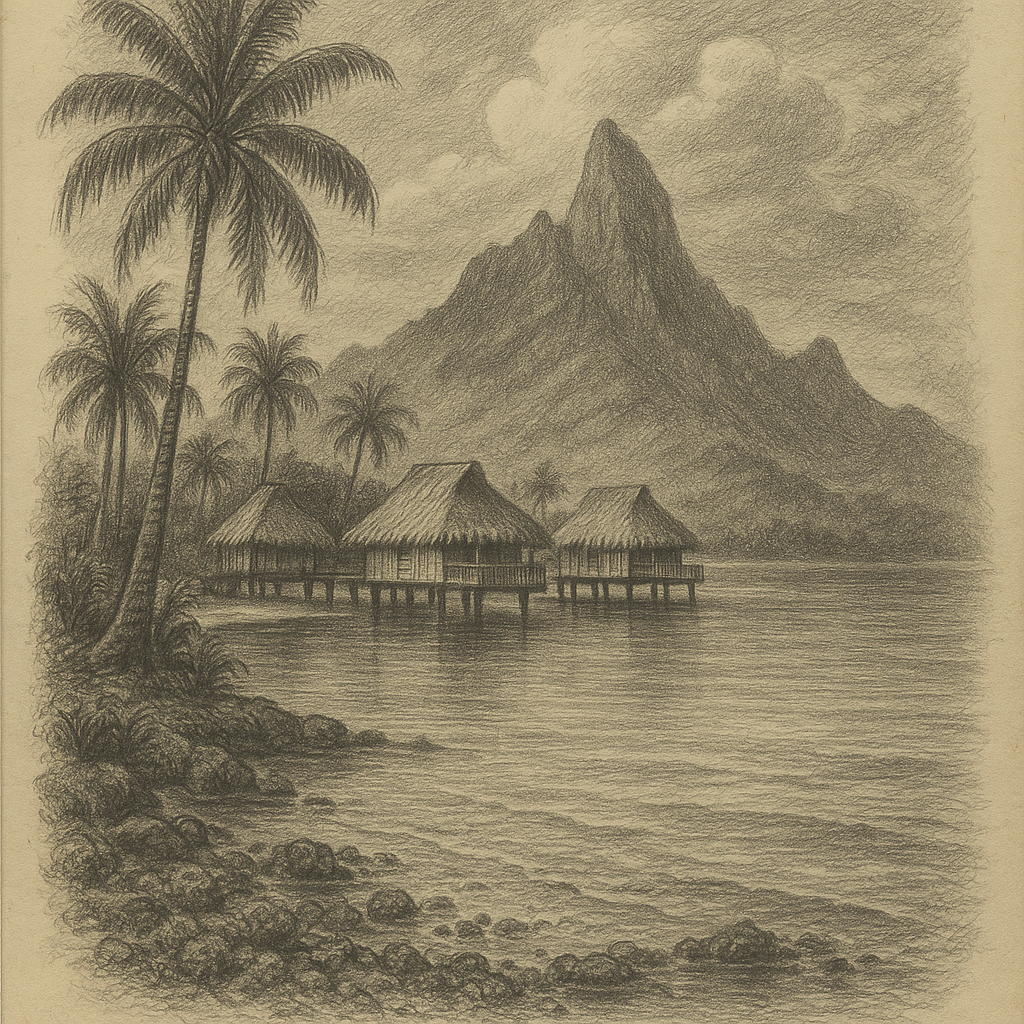Agios Efstratios: A Remote Greek Island of Solitude and Serenity
Agios Efstratios, sometimes referred to simply as Ai Stratis, is a remote Greek island nestled in the northern Aegean Sea. Though small and sparsely populated, the island boasts a unique blend of natural beauty, historical importance, and enduring mystery. It offers visitors not only a glimpse into Greece’s diverse ecology but also into its layered past.
Location and Geography
Agios Efstratios is situated approximately 30 kilometers southwest of Lemnos and lies roughly halfway between that island and Mount Athos. Covering just 43 square kilometers, it is one of the less frequented Greek islands, known for its rugged coastline, serene coves, and the absence of large-scale tourism. The island’s terrain is hilly but not mountainous, its highest point rising to 298 meters above sea level. Despite its relatively barren and rocky landscape, Agios Efstratios has lush valleys and hidden beaches ideal for those seeking solitude in the embrace of nature.
Volcanic Origins and Ecology
The island is of volcanic origin, similar to many islands in the Aegean archipelago. Its formation is linked to tectonic movements along the North Aegean Trough. Over time, erosion and geological activity have sculpted a dramatic coastline composed of cliffs and underwater caves. The surrounding waters are teeming with marine biodiversity, supporting numerous fish species, monk seals, and sea turtles.
Land-based flora includes brushwood typical of Mediterranean ecosystems, such as thyme, oregano, and mastic shrubs. In spring, wildflowers erupt across the hills. The island is also seasonally visited by migratory birds, making it a modest but significant ecological zone worth preserving.
Climate and Lifestyle
Agios Efstratios experiences a Mediterranean climate, characterized by hot, dry summers and mild, wet winters. Summer temperatures typically range between 25°C and 30°C, while winter lows rarely fall below 5°C.
Due to its remote nature and relatively small size, the island supports a minimal population—about 200 residents as of recent estimates. The primary occupations are fishing, small-scale farming, and animal husbandry, with a growing interest in eco-tourism. There is only one village on the island, which shares its name and features traditional stone houses rebuilt after the 1968 earthquake that devastated the original settlement.
Historical Significance
Agios Efstratios has a long and layered history. In antiquity, it was known by the name Halonnesus and was mentioned in ancient Greek texts. During the Byzantine period, the island served as a monastic retreat.
In the 20th century, however, it gained notoriety for a very different reason: political exile. Between the 1930s and the 1970s, the island was used as a place of exile for political dissidents, particularly during the Metaxas dictatorship, the Axis occupation during World War II, and later under the military junta of 1967–1974. For decades, the island served as a quiet prison, its natural isolation utilized for ideological control.
Today, remnants of those darker times remain in the form of abandoned buildings and haunting memorials erected in honor of the exiles who suffered here.
Points of Interest
Visitors to Agios Efstratios can explore a number of modest but captivating points of interest. There’s the Church of Christ, dating back to the 17th century, offering panoramic views of the surrounding sea. The Folklore Museum, small yet immersive, depicts the social history of the island, including its use as a place of exile.
Beaches such as Agios Antonios, Trygari, and Ftelio are pristine and untouched, offering privacy and crystal-clear waters far from tourist crowds. Hiking trails lead through olive groves, toward ancient chapels, and around high cliffs poised over the sea.
Thanks to minimal light pollution, the night sky over Agios Efstratios is often ablaze with stars—a delight for amateur astronomers and romantics alike.
Legends and Folklore
As with many Greek islands, Agios Efstratios is steeped in local legends. According to tradition, the island was named after Saint Eustratius, a devout Christian who was exiled here during the period of Byzantine iconoclasm. It’s said that Saint Eustratius lived in a cave and performed miracles that led to the spread of Christianity on the island. A chapel built in his honor still stands, attracting the occasional pilgrim and spiritual traveler.
There are also tales of “phantasmata,” or ghostly apparitions, said to haunt the beaches where exiles once waited for ships that never came. Some local elders whisper stories of a treasure hidden during the Ottoman era, buried in one of the island’s many caves and protected by a supernatural force that causes misfortune to those who seek it in greed.
Modern Preservation and Access
In recent years, there has been a conscious effort by both locals and the Greek state to preserve the island’s fragile ecosystem and cultural heritage. Projects aim to minimize the ecological footprint of tourism while promoting awareness of Agios Efstratios’s historical and natural significance.
Access to the island is limited but feasible. Ferries operate from Lemnos several times a week, and small boats are sometimes chartered from other nearby islands. There is no airport, and public infrastructure is modest but sufficient for the needs of a community committed to simplicity and sustainability.
Tourism remains low-key and is focused on those seeking deep rest, ecological travel, and meaningful historical exploration rather than mainstream attractions or luxurious accommodations.
Conclusion
Agios Efstratios is not just a dot on the map of the Aegean—it’s a place of profound tranquility, symbolic resilience, and understated beauty. From its volcanic roots and ecological value to its history as a haven and a prison, the island’s story is both inspiring and sobering. For travelers willing to journey off the beaten path, Agios Efstratios offers something rare in the modern world: silence, authenticity, and the chance to stand at the confluence of nature, history, and myth.



